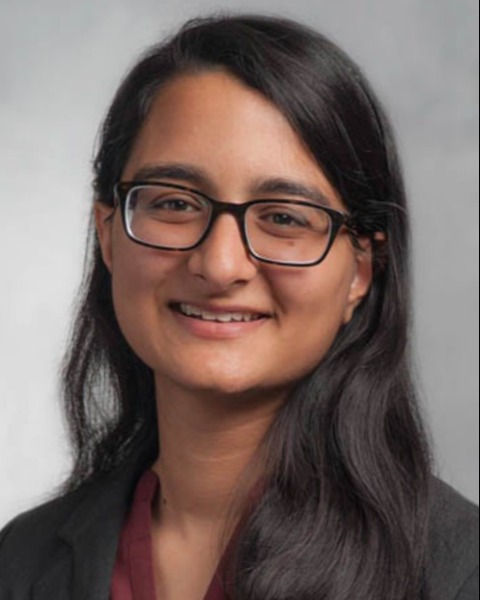Breast
E86: Residual axillary nodal disease in clinical N1 breast cancer patients undergoing neoadjuvant chemotherapy: Can sentinel lymph node biopsy alone suffice?

Maryam I. Khan, MD
Breast Surgical Oncology Fellow
Columbia University Medical Center
New york, New York, United States
Maryam I. Khan, MD
Breast Surgical Oncology Fellow
Columbia University Medical Center
New york, New York, United States
Maryam I. Khan, MD
Breast Surgical Oncology Fellow
Columbia University Medical Center
New york, New York, United States
Roshni Rao, MD
Associate Professor of Surgery
Columbia University Medical Center
New York, NY, United States- LW
Lisa S. Wiechmann, MD
Assistant Professor of Surgery
Columbia University Medical Center, United States - LS
Luona Sun, MD
Assistant Professor of Surgery
Columbia University Medical Center, United States - SU
Stacy K. Ugras, MD
Assistant Professor of Surgery
Columbia University Medical Center, United States 
Arith Ruth S. Reyes, MD
Assistant Professor of Surgery
Columbia University Medical Center, United States- BT
Bret Taback, MD
Assistant Professor of Surgery
Columbia University Medical Center, United States
ePoster Abstract Author(s)
Submitter(s)
Author(s)
Methods:
A retrospective study of all patients with biopsy proven cN1 disease undergoing NAC from 2015 to 2021 who had subsequent SLNB with ALND (n=77) or ALND alone (n=53) were identified. Patients who only underwent SLNB, had treatment for recurrent breast cancer, metastatic disease, or incomplete pathologic data were excluded. Clinical and pathologic factors pertaining to nodal stage were evaluated. Patients with pathologic (p)N0/pN1 were compared to patients with pN2 and greater (≥pN2).
Results: We identified 130 patients of whom mean age was 53, mean tumor size 3.5 cm, and mean number of SLNs and total axillary lymph nodes harvested were 3 and 13, respectively. Seventy-three tumors (56%) were HR+/HER2-, 22 (17%) HR+/HER2+, 10 (8%) HR-/HER2+ and 25 (19%) HR-/HER2-. Following surgery, 44 (34%) patients had pN0 disease, 43 (33%) were pN1 and 43 (33%) were ≥pN2. Incidence of pN0/N1 by tumor phenotype was 41 (57%) HR+/HER2-, 20 (91%) HR+/HER2+, 8 (80%) HR-/HER2+ and 18 (69%) HR-/HER2-. Patients with pN0/pN1 were more likely to have a smaller average tumor size (3.3 cm vs 4.2 cm; p = .033), HR+/HER2+ disease (20% vs 5%; p = .012), and complete pathologic response in the breast (33% vs 4%; p = .0002). Patients with ≥pN2 were more likely to have invasive lobular carcinoma (21% vs 6%; p = .007), lymphovascular invasion (63% vs 37%; p = .007) and HR+/HER2- (60% vs 37%; p = .005).
Conclusions: Among all patients with cN1 disease undergoing NAC, two-thirds had 3 or fewer positive lymph nodes following axillary surgery. This study demonstrates that SLN biopsy alone may be sufficient for many selected patients who receive NAC yet do not achieve an axillary pathologic complete response.Learning Objectives:
